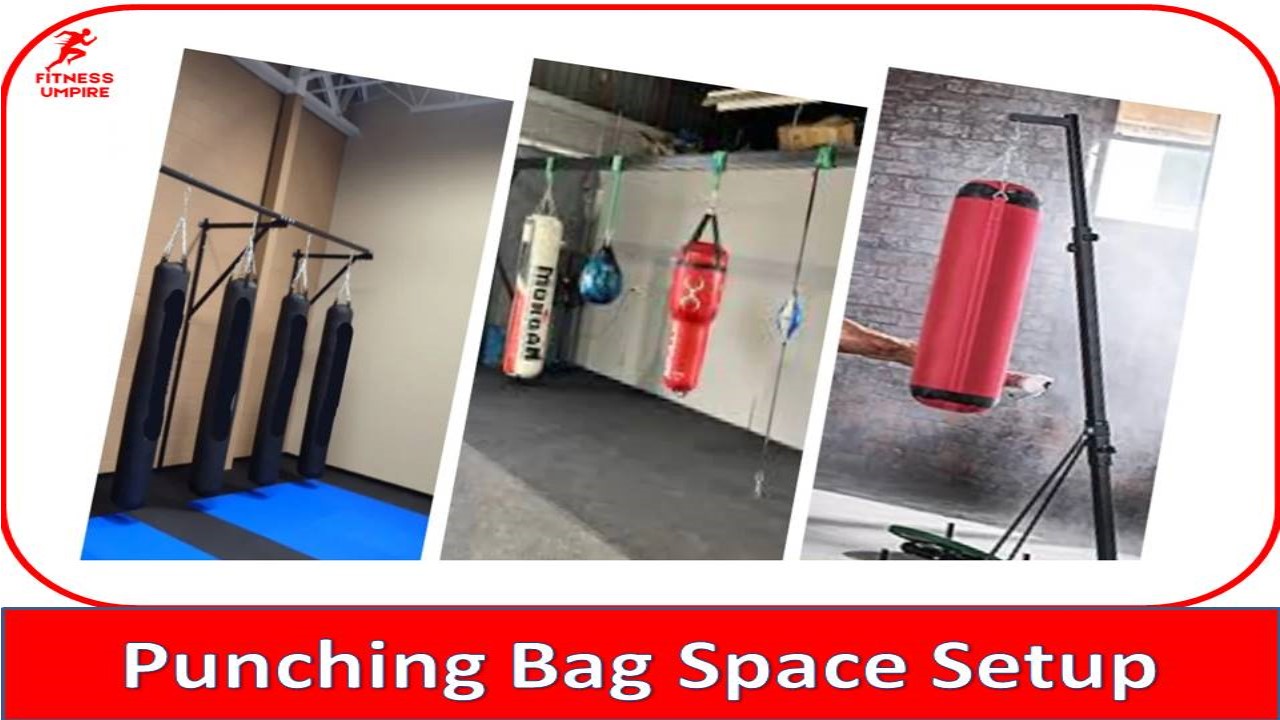Mastering proper punching techniques and form is essential for effective and safe training.
Whether you’re a beginner or experienced, understanding the basics will improve your power, precision, and overall performance. So,
This guide covers the fundamental punches, footwork, and common mistakes to help you excel in your punching bag training or combat sports practice.
Punching Techniques and Form Fundamentals
Basic Punches: Jab, Cross, Hook, and Uppercut
Jab
A straight punch thrown with your lead hand in boxing is known Jab. The jab is quick and used for setting up combinations or keeping opponents at bay.
Jab Execution:
- Keep your elbow down and fist horizontal.
- Rotate your lead shoulder slightly forward as you extend your arm.
- Snap your punch back to the guard position.
Key Points: Speed and accuracy are more important than power for the jab.
Cross
A powerful straight punch thrown with your rear hand. It generates force from your torso and legs.
Cross Execution:
- Pivot your rear foot and rotate your hips as you extend your rear hand.
- Keep your shoulder high to protect your chin.
- Retract your hand quickly after impact.
Key Points: The cross is your power punch and should follow a jab or feint for maximum effectiveness.
Hook
Hook is a semi-circular punch aimed at the side of your target’s head or body.
Hook Execution:
- Pivot on your lead or rear foot, rotating your hips and shoulders.
- Keep your elbow bent at a 90-degree angle and your fist horizontal.
- Follow through without overextending.
Key Points: Timing and rotation are critical for generating power while maintaining balance.
Uppercut
Uppercut is a vertical punch aimed at the chin or body. It’s delivered from a close range.
Uppercut Execution:
- Bend your knees slightly and dip your torso to load power.
- Drive your punch upward, keeping your elbow close to your body.
- Avoid telegraphing the motion by keeping it compact.
Key Points: Use the legs and core to generate power while maintaining control.
Footwork and Stance for Stability and Power
Proper Stance:
Feet Position:
- Stand with your feet shoulder-width apart.
- Your lead foot points slightly forward, and your rear foot is angled outward.
- Weight Distribution:
- Keep your weight evenly distributed between your feet, slightly on the balls of your feet.
Basic Footwork:
Forward and Backward Steps:
- Move your lead foot first when stepping forward and your rear foot first when stepping backward.
- Keep your stance intact at all times.
Lateral Movement:
Step with the foot in the direction you’re moving, followed by the opposite foot. This keeps your balance while moving side to side.
Pivoting:
Pivoting allows you to change angles and create openings. Rotate on the ball of your lead or rear foot to adjust positioning while maintaining balance.
Combining Punches and Footwork
Punching and footwork work together to maximize your striking potential.
Punch Combinations: Start with simple combos like:
- Jab → Cross
- Jab → Cross → Hook
- Jab → Uppercut → Hook
Gradually add more complex combinations as you improve.
Incorporating Footwork:
Use steps and pivots to close the distance, evade counters, or set up angles for punches.
For Example: Jab while stepping forward, pivot to the side, then throw a hook.
Drills for Integration:
- Shadowboxing: Practice throwing punches while moving around to simulate real fight scenarios.
- Bag Work: Combine punches and footwork during heavy bag or double-end bag training.
Common Mistakes and How to Avoid Them
Dropping Your Guard:
- Mistake: Letting your hands drop after throwing punches.
- Solution: Always return to the guard position after each punch to protect your face.
Overextending:
- Mistake: Reaching too far with punches, which compromises balance and power.
- Solution: Stay within your range and maintain proper form.
Flat Feet:
- Mistake: Keeping your heels glued to the ground, reducing mobility.
- Solution: Stay on the balls of your feet to remain agile and ready to move.
Poor Hip and Shoulder Rotation:
- Mistake: Punching with only your arms, leading to weak strikes.
- Solution: Engage your hips, shoulders, and core to generate power.
Telegraphing Punches:
- Mistake: Making obvious movements before punching, allowing your opponent to predict your strikes.
- Solution: Keep your motions tight and avoid unnecessary wind-ups.
Mastering these fundamentals of punching techniques, footwork, and avoiding common mistakes is crucial for success in punching bag training or combat sports.
Consistent practice with a training routine, attention to form, and combining punches with fluid movement will make your strikes more effective, powerful, and precise. Later you can incorporate advanced punching bag training methods to refine your skills further.







